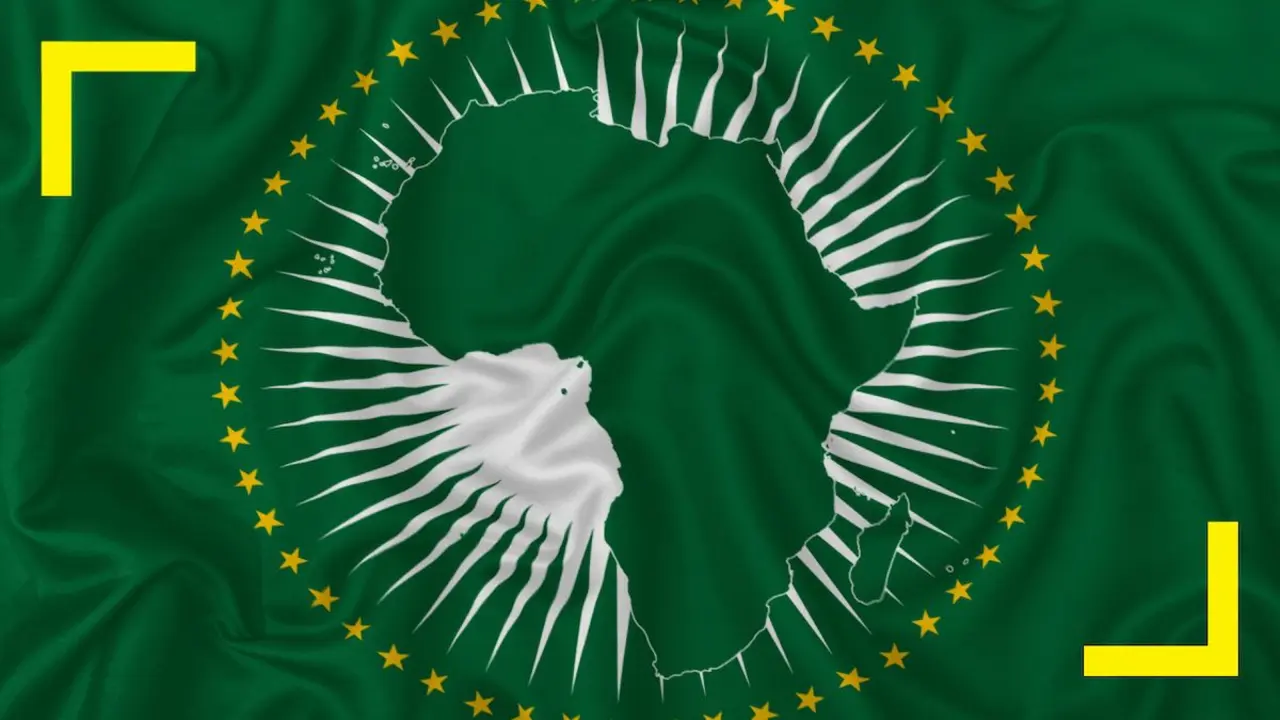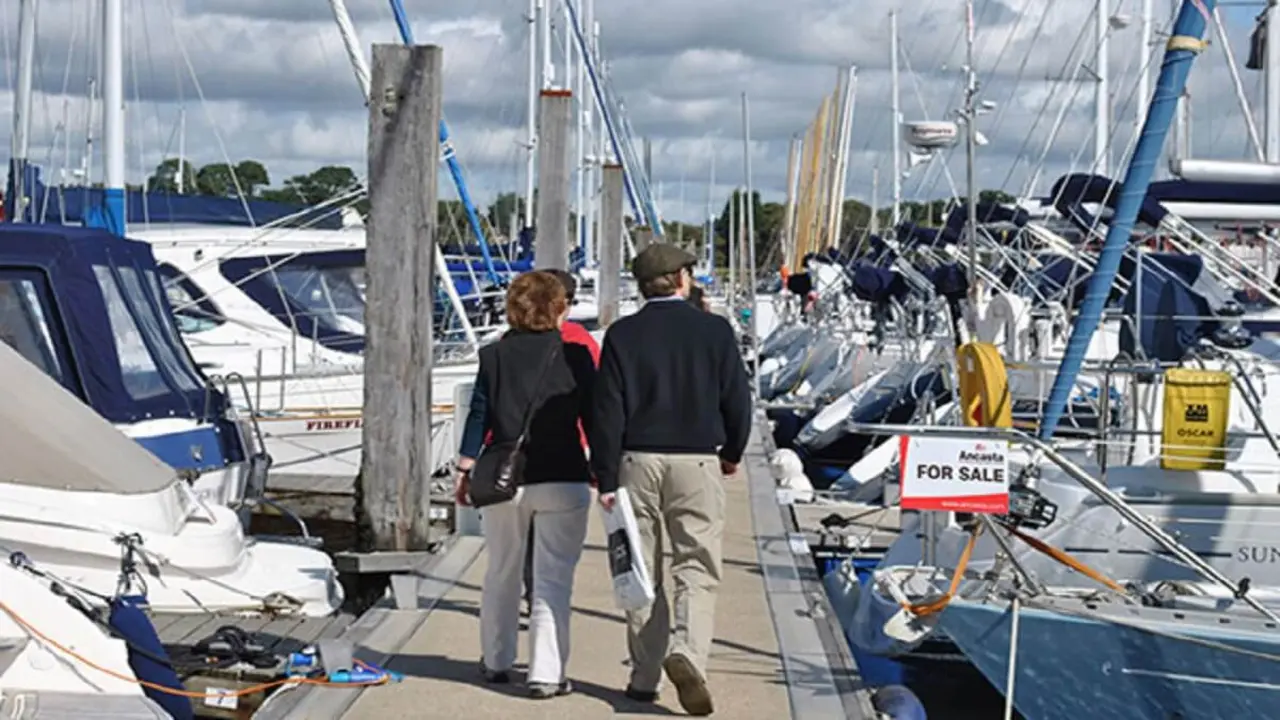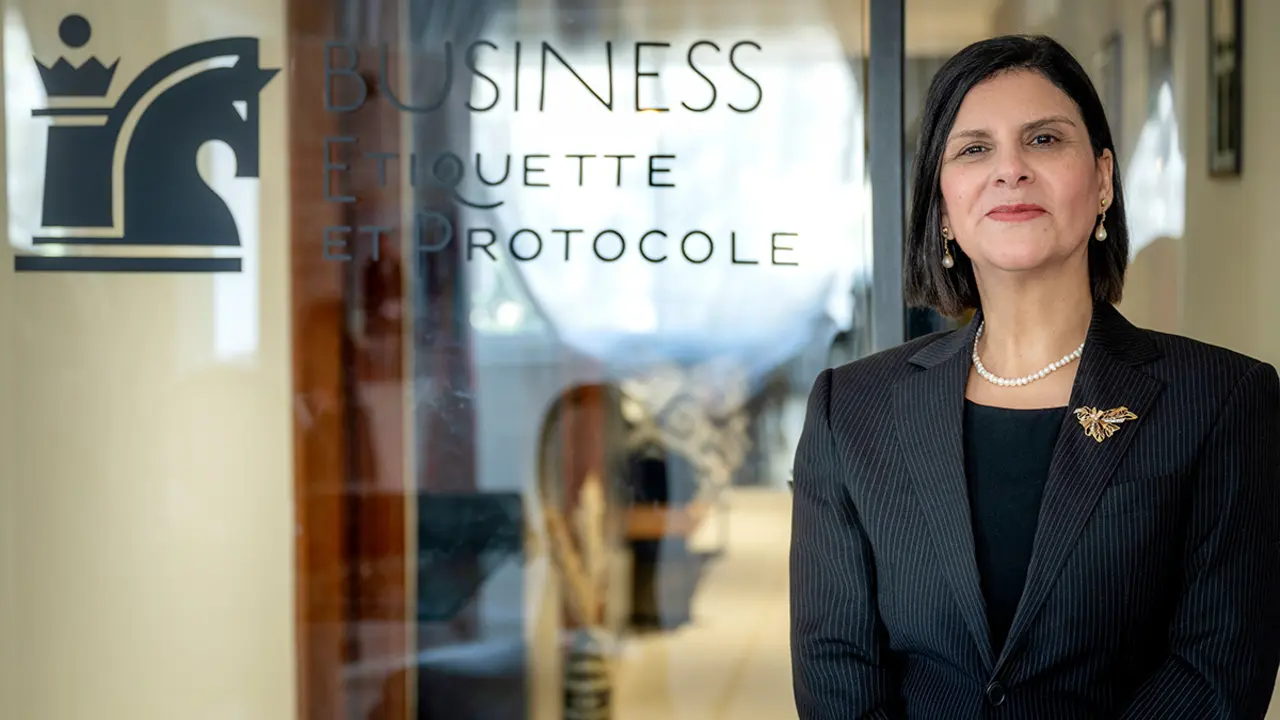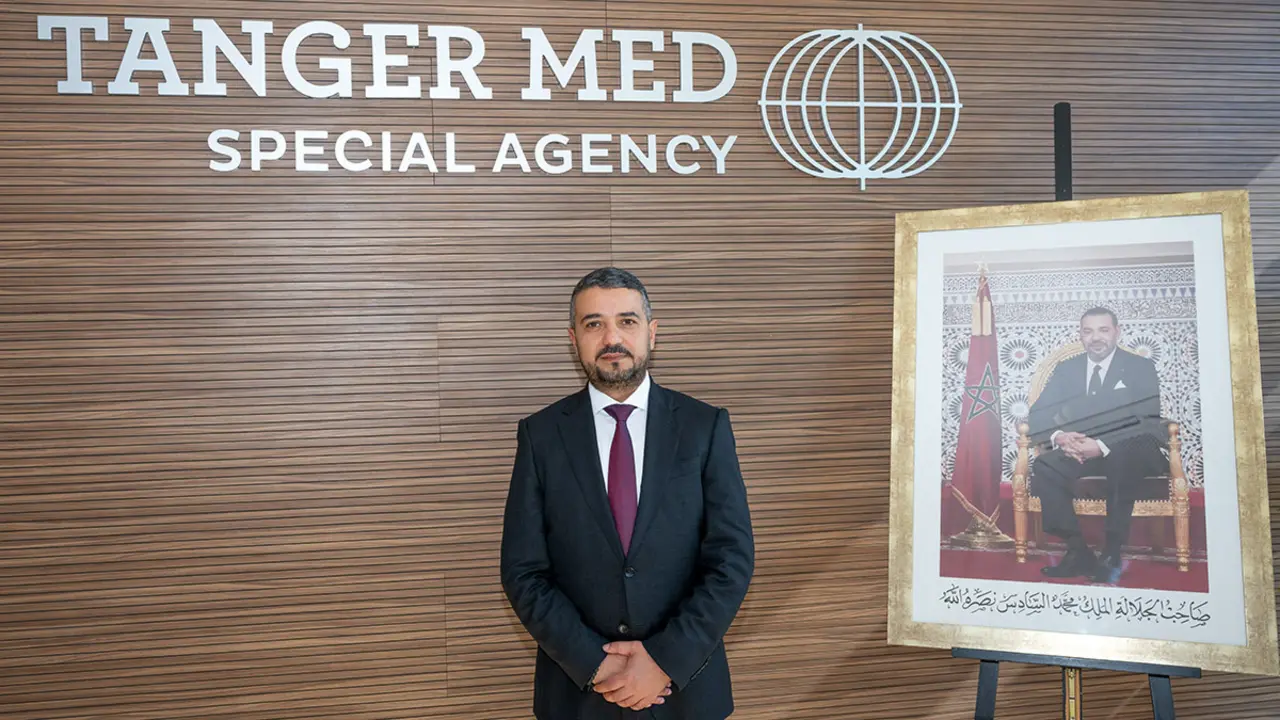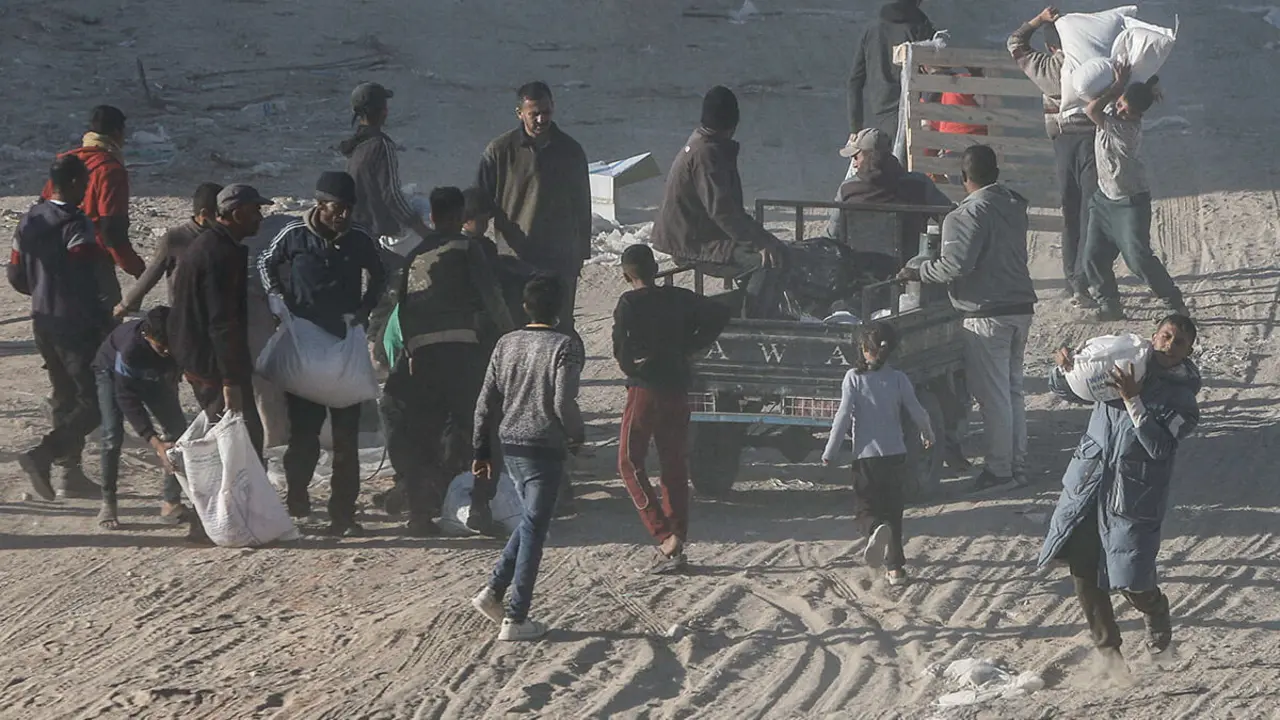Marrakech languidece sin sus turistas

The city of Marrakech, the pearl of tourism in Morocco, has been languishing for months after the Rabat government decreed on 13 March that the country's borders and skies be closed to curb the coronavirus pandemic. Tour guides, hotel employees, cooks, craftsmen, souvenir vendors, taxi drivers, transporters, horse-drawn carriage drivers: thousands and thousands of Marrakech's 1.5 million inhabitants live directly from tourism, which in 2019 attracted 3 million travellers from all over the world.
On the famous Yamaa al Fna square, which is full of storytellers, snake charmers, pedigree artists and jugglers at all hours, you can now only see shops with their curtains drawn and a few orange juice sellers without a single customer. The mythical Hotel La Mamounia, a symbol of luxury and glamour, has its doors closed tightly. The management has decided to take advantage of the pandemic to undertake a renovation, and instead of famous actors or politicians, today you only see masons coming and going.
In the souks of Marrakech, there is no longer any shadow of its animation: many of the shops have their blinds down and others open without hope of attracting a single buyer. "On a normal day, I hardly get four or five customers. There are days when I don't come or use it alone," says Abdelatif, owner of a kaftan shop. In fact, I open so that I don't have to stay at home," he admits. Rue Semmarine, the main nerve of the medina, is a sad succession of empty shops. During a three-hour walk along the street and its surroundings, not a single foreign tourist is seen. The souks of the Marrakech medina are home to some 10,000 shops and feed 40,000 mouths.

This crisis has highlighted a fact: for years Marrakech has been directing its activities - its crafts, its restaurants and its cafés - towards foreign tourism, with prices that are often unaffordable for the local inhabitant, and now, with the sudden absence of this tourist, there is no plan B. Even far from the medina, in a café near the Jardins Majorelle, created by the late Yves Saint-Laurent - a lover of Marrakech - a waitress called Guizlane sums it up: "Before the pandemic, we could have up to 7,000 customers, all of whom came from the gardens. Now that they have closed, we barely reach a thousand," she says.
Like La Mamounia, the big hotels in Marrakech have locked and barred their doors. There are 425 approved hotels and over a thousand "guest houses" in the medina - 70,000 beds in total - which have closed for lack of guests, plunging the city into a depression that the locals have no memory of. "I remember the terrorist attack on the Café Argana -2011, 17 people killed-. It took the city only a few months to recover its rhythm. This coronavirus thing is a different nightmare, it is not possible to imagine the end of the tunnel," says a guide identified as Larbi (assumed name). The Moroccan government first made a commitment to national tourism with its first decontamination measures in July, but the reality is that only around forty establishments dared to reopen, with such a low occupation rate that several closed again.
As a gesture to the sector, last Sunday, the government authorised a conditional reopening of its borders for tourists from countries that do not require visas and who must undergo two tests before travelling: a PCR and a serological test. Let's be realistic," says Larbi, "tourists who come to Marrakech with a three- or four-day package for 500 euros will spend 200 euros more to take the tests," and he recalls that the bulk of international tourism in Marrakech is made up of middle-class European customers. And if they still dare to come, how will they enjoy themselves, if Marrakech's most visited attractions - the Saadian dynasty's tombs, the La Menara pond, the Yves Saint-Laurent Museum or the Bahia Palace - are closed for social distancing measures?
In view of this state of affairs, the government has included the tourism sector among those deserving of a linear aid of 2,000 dirhams per month (about 200 euros) for those workers who are declared in the National Social Security Fund (CNSS). For the first time, transporters, tourist guides and travel agents will be included in this category, provided that they have been registered by their employers and that the latter undertake to guarantee their employment. The measure will benefit 1,200 professional guides, as Abdessadaq Qadimi, president of the Marrakech Regional Association of Tourist Guides, acknowledges.
Qadimi believes that the monthly aid - which will be available until December - is positive, and regrets that his sector is not well organized in order to better defend its interests in this crisis that seems to have no end. Furthermore, he is very clear that those hit by the crisis are not only those who live from direct contact with tourists: "In Marrakech, seventy percent of the population lives from this," he says. Don't just think about the guides or the transporters: here even the butcher and the carpenter depend on the tourists," he concludes.

